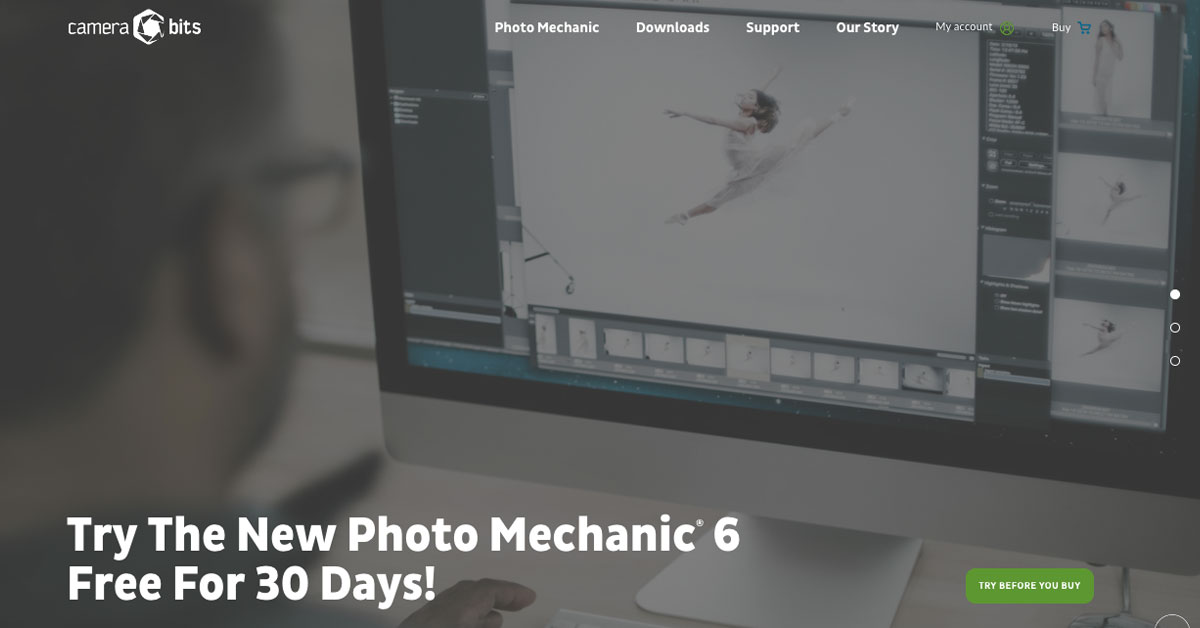RaffScallion
Member
Hi all,
I've come from a D7500 and before that a D5000 - my workflow had just been to import via USB SD card reader with LrC.
Now I've zoomed forward in time to the latest model and have no idea which way of importing is 'best'! Direct camera -> PC connection via the USB-C cable would be my preferred option, not least as it saves me having to buy a separate reader.
Are there any downsides to this approach I should be aware of?
Are there any upsides to using a reader?
Are there any options I've missed that are better?
How do you guys import?
Thanks for any help
I've come from a D7500 and before that a D5000 - my workflow had just been to import via USB SD card reader with LrC.
Now I've zoomed forward in time to the latest model and have no idea which way of importing is 'best'! Direct camera -> PC connection via the USB-C cable would be my preferred option, not least as it saves me having to buy a separate reader.
Are there any downsides to this approach I should be aware of?
Are there any upsides to using a reader?
Are there any options I've missed that are better?
How do you guys import?
Thanks for any help
Last edited:


